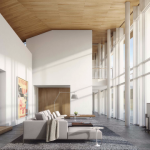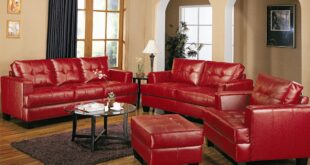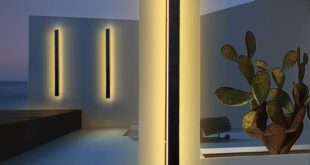Architecture interior design is an essential aspect of building design that focuses on creating functional and aesthetically pleasing interior spaces. It involves the art and science of enhancing the interior of a building to achieve a healthier and more aesthetically pleasing environment for the people using the space. Interior design plays a crucial role in creating spaces that are not only visually appealing but also comfortable and functional.
One of the key elements of architecture interior design is space planning. This involves analyzing how people will use a space and arranging furniture, fixtures, and other elements in a way that maximizes functionality and flow. A well-designed space plan can greatly improve the usability of a space and enhance the overall user experience. Interior designers must also consider factors such as lighting, acoustics, and color schemes to create a harmonious and balanced environment.
Another important aspect of interior design is selecting and specifying materials, finishes, and furnishings. Interior designers must carefully choose materials that are durable, sustainable, and aesthetically pleasing. They must also consider factors such as maintenance requirements, cost, and environmental impact when selecting materials. Furniture and finishes play a significant role in defining the style and atmosphere of a space, and interior designers must carefully coordinate these elements to create a cohesive look.
Lighting design is another crucial aspect of architecture interior design. Proper lighting can greatly influence the mood and atmosphere of a space, as well as impact the functionality of the space. Interior designers must consider factors such as natural light, artificial lighting sources, and lighting controls when designing a space. A well-designed lighting plan can enhance the visual appeal of a space and create a comfortable and inviting environment for its users.
Color is also a key element of interior design that can greatly impact the look and feel of a space. Interior designers must carefully select color schemes that complement the architecture of a building and create a cohesive and harmonious environment. Different colors can evoke different emotions and moods, and interior designers must consider how color will influence the overall atmosphere of a space. Color can be used to highlight architectural features, create visual interest, and define different areas within a space.
In conclusion, architecture interior design is a multidisciplinary field that combines art, science, and technology to create functional and aesthetically pleasing interior spaces. Interior designers play a crucial role in enhancing the usability and visual appeal of a space, as well as creating environments that are comfortable and welcoming. By carefully considering factors such as space planning, material selection, lighting design, and color schemes, interior designers can create spaces that not only look beautiful but also enhance the quality of life for their users.
 bebadesign Interior Design Ideas
bebadesign Interior Design Ideas














